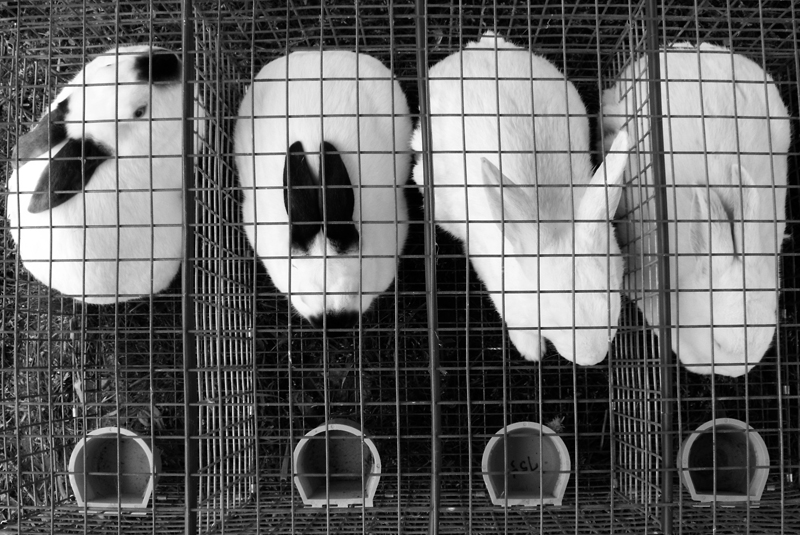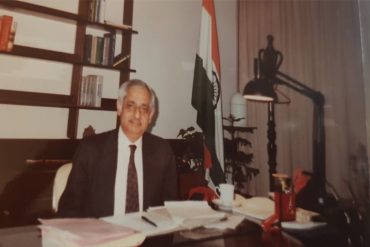When you hear the story of modern anaesthesia, the details of its rise can gloss over certain points – such as that of animal genocide. Chloroform, the go to anaesthesia of the 1800s and early twentieth-century, was billed as a wonder drug after its invention in 1847. But the popular narrative around it talks, of doctors who self-administered the chemical; of pregnant women saved the pain of labour – but not of the hundreds of dogs that died in colonial India to convince the world that chloroform was safe.
In 1889, the medical community was engaged in a debate about whether chloroform killed you by paralysing your heart, or by paralysing your respiration. To answer this, a team of doctors in the princely state of Hyderabad set up the Hyderabad Chloroform Commission in 1888. It was led by Edward Lawrie of the Indian Medical Service, then the resident physician of the Nizam’s state. The experiment involved 141 animals. Edward’s findings were conclusive.
I have killed scores of dogs with chloroform … and I have never seen syncope or failure of the heart’s action produced by it.
The medical journal, Lancet, was uncomfortable that Edward’s research disagreed with that of many prominent physicians in Europe. In a published article, they wrote:
Copyright©Madras Courier, All Rights Reserved. You may share using our article tools. Please don't cut articles from madrascourier.com and redistribute by email, post to the web, mobile phone or social media.Please send in your feed back and comments to [email protected]











